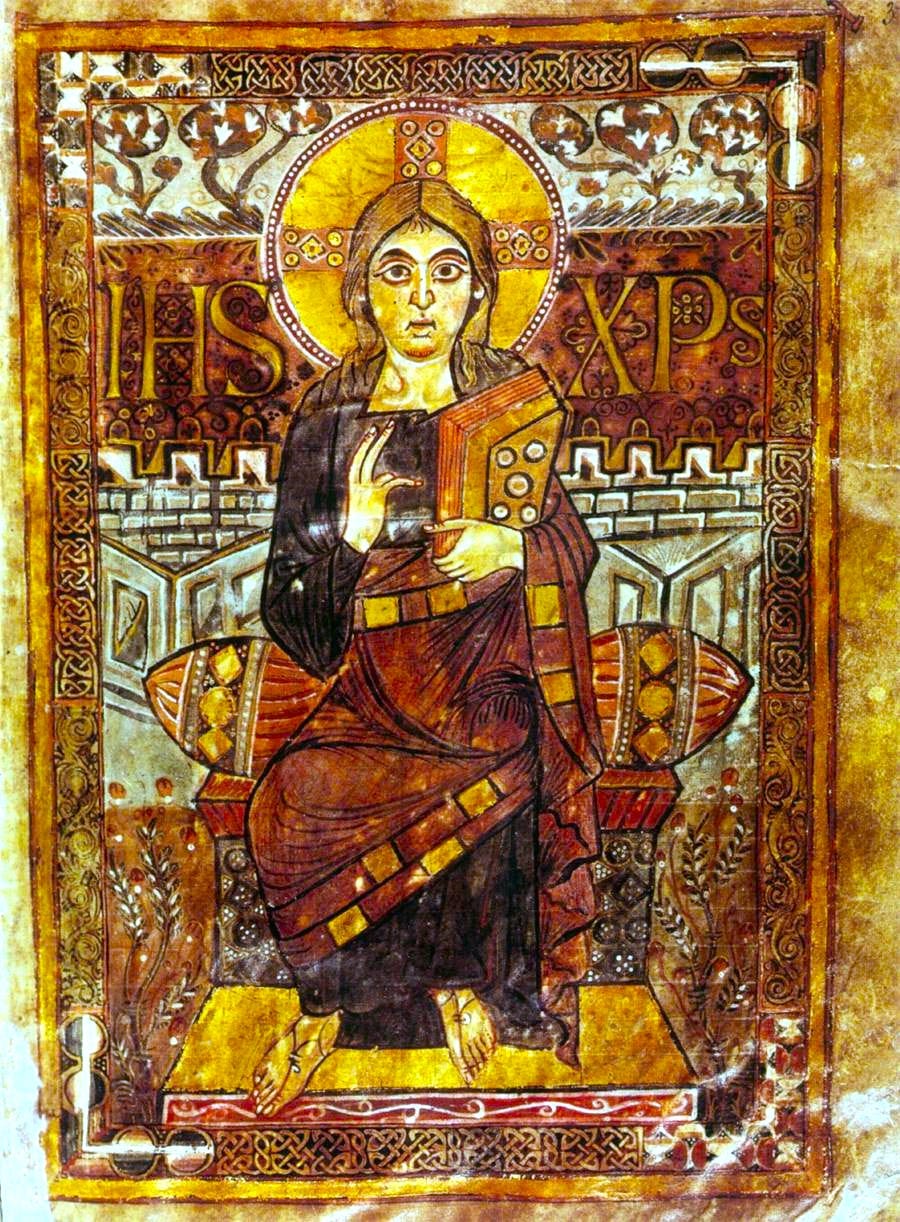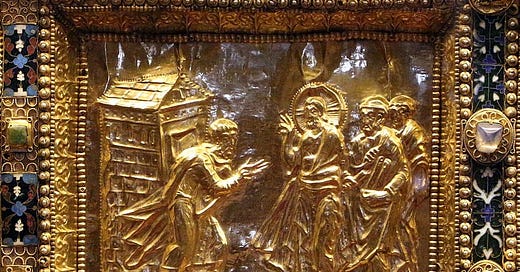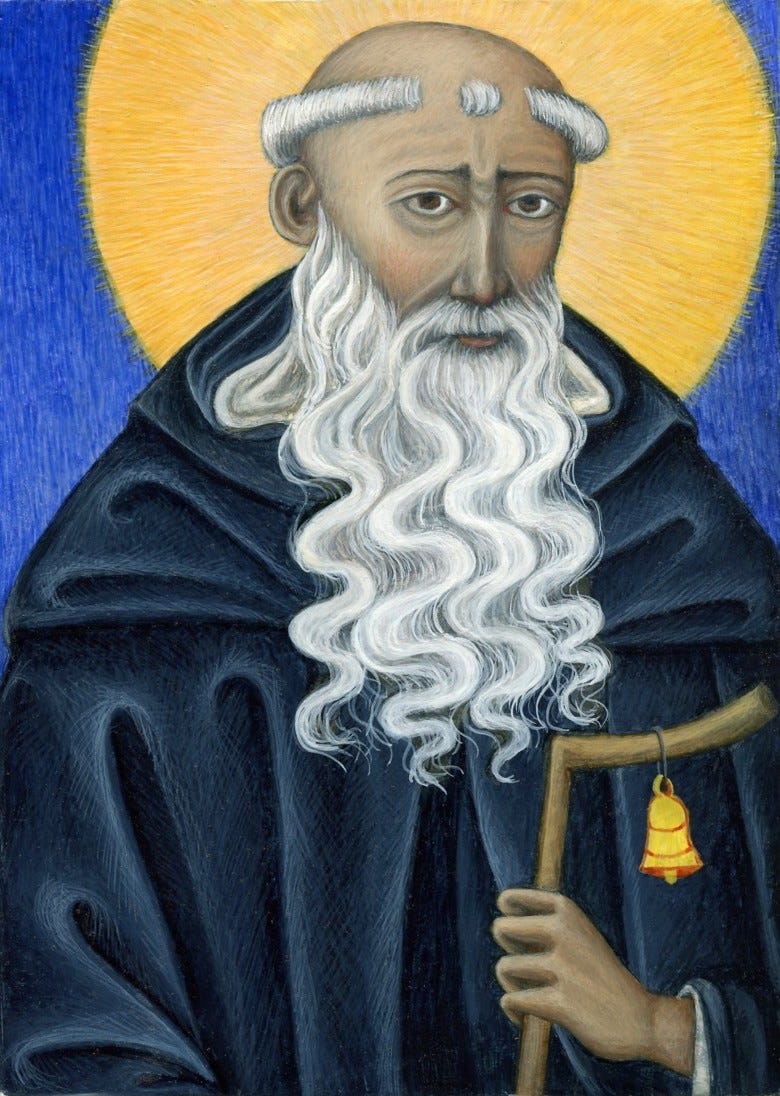Carolingian glories: a closer look
Treasures: the Utrecht Psalter, The Vienna Coronation and Ebbo Gospels and the incredible Golden Altar of St. Ambrose of Milan
Last month we started our investigation into the Carolingian Renaissance, that period of art, music and scholarship that formed the foundation of what we would come to call Medieval European civilisation.
On Christmas Day, in the year of our Lord 800, a momentous event unfolded that would change the course of European and world history. In the great Constantinian basilica of St. Peter's in Rome1, Pope Leo III placed a crown upon the head of Charles, king of the Franks, proclaiming him "Emperor of the Romans."
In the end, this act of the pope was to lead to the establishment of an entirely new Western Christian civilisation, the one in whose ruins we still live today.
In today’s post for paid subscribers, I thought we could have a deeper dive into some of the particulars of Carolingian art, what its influences were, and how it started to point the gaze of Christian sacred art west, instead of east. We’ll take a close look at some specific examples to help us start getting an idea of the look, style, atmosphere and general genius of the new art that was taking the 8th and 9th century western Europe by storm.

The first thing that seems surprising about Carolingian artistic styles is how not Byzantine they are. Charlemagne’s efforts were quite consciously to re-establish the old western Roman empire as a pan-national Christian superstate distinct from Byzantium. As part of that effort the Carolingians engaged in a conscious effort to revive the artistic traditions of the old Roman Empire. To do this involved incorporating elements from various sources, including classical antiquity but also western influences that the old Romans would have considered “barbaric”.
Yes, I mean Celts. Or, more accurately, by the 9th century, Hiberno-Saxon art.
I’ll repeat that it’s my own opinion that the incredible burst of intellectual and artistic energy of this short period we now call the Carolingian is much more worthy of the title “Renaissance” than the catastrophic break from the metaphysics of Christianity represented by the Florentine philosophical revolution of the 15th century. The Carolingian Renaissance devoted all of Europe to the cause of Christ; the Florentine revision broke faith with that ancient establishment.
I hope you enjoy this deep-dive into some examples of these styles of art, the art of our islands.
The Sacred Images Project is a reader-supported publication where we talk about Christian life, thought, history and culture through the lens of the first 1200 years of sacred art. It’s my full time job, but it’s still not bringing a full time income, so I can’t yet provide all the things I want to and am planning for. You can subscribe for free to get one and a half posts a week.
For $9/month you also get the second half of the weekly Friday Goodie Bag post, plus a weekly paywalled in-depth article on this great sacred patrimony, plus our Benedictine Book Club in the Substack Chat. There are also occasional extras like downloadable exclusive high resolution printable images, ebooks, mini-courses, videos and eventually podcasts.
If you would prefer to set up a recurring donation in an amount of your choice, or make a one-off contribution, you can do that at my studio blog:
This is the site where I post photos of my own work as it develops. I have a shop there where some of my drawings and paintings are available for sale as prints, as well as some other items, like this little painting of St. Anthony the Great, based on a 14th century fresco in one of our churches here in Narni.
Please enjoy a browse.
Join us to explore the glories of Carolingian art; a high point of early medieval Christian culture.





